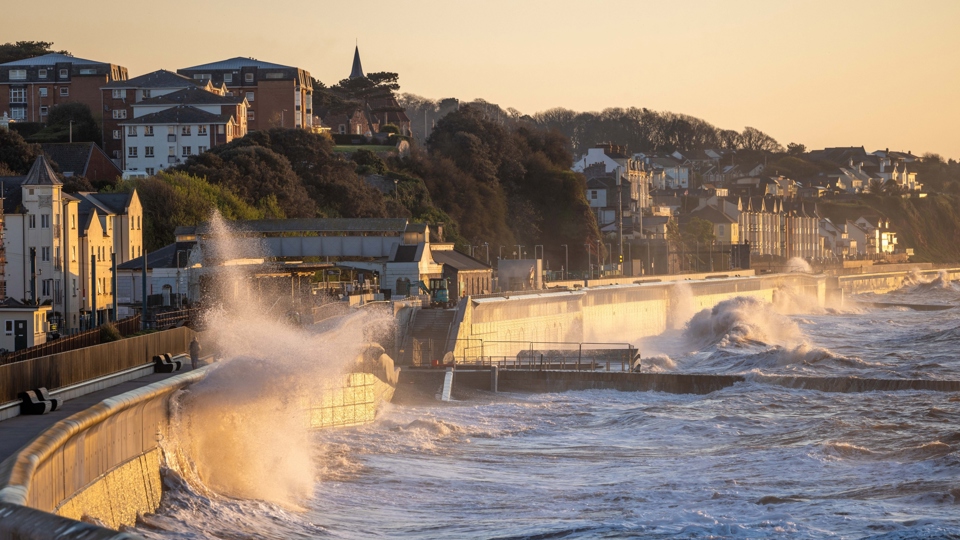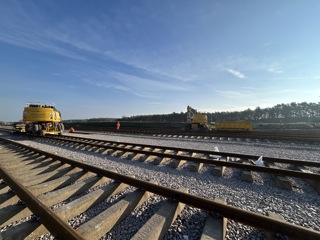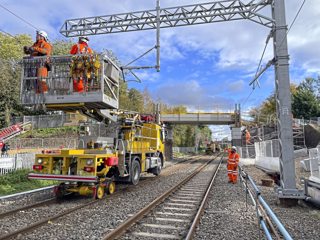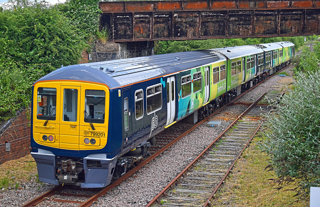“Extremes of feelings” is how Network Rail Programme Engineering Manager Emma Lewis contrasts the polar-opposite events at Dawlish on February 4 2014 and July 3 2023.
On that first date, high winds and strong waves punched a 100-metre hole through the Great Western Main Line’s Sea Wall defences alongside Riviera Terrace. Track was left dangling in mid-air, leaving Newton Abbot, Plymouth and Cornwall cut off from the railway world.
“Extremes of feelings” is how Network Rail Programme Engineering Manager Emma Lewis contrasts the polar-opposite events at Dawlish on February 4 2014 and July 3 2023.
On that first date, high winds and strong waves punched a 100-metre hole through the Great Western Main Line’s Sea Wall defences alongside Riviera Terrace. Track was left dangling in mid-air, leaving Newton Abbot, Plymouth and Cornwall cut off from the railway world.
On the second date, Network Rail ceremoniously unveiled half a mile of rebuilt and re-engineered sea wall, representing the first £82 million investment in its massive South West Rail Resilience Programme (SWRRP).
“It was a massive contrast,” Lewis continues. “It was a really grey, drizzly day with the wind howling and the sea crashing, and it was just a scene of destruction. Contrast that to when we held the reopening day - the sun was shining for this improved amenity, and everybody was enjoying it.”
The programme encompasses the scenic and much-loved 22 miles of double-track line between Exeter and Newton Abbot, which skirts alongside three significant bodies of water: the English Channel, and the rivers Exe and Teign.
The dramatic events of February 2014 were followed a month later by a massive slip of the cliffs near Sprey Point, along the Teignmouth Sea Wall.
Although less documented by the national media because the railway had already been severed, some 20,000 cubic metres of red sandstone ended up strewn across the track - highlighting the very real threats posed by sea and land at this fragile pinch point.
Although NR engineers patched up the two breaches in just six weeks (costing £50m) to enable the line’s reopening on April 4 2014, the wider economic impact was estimated to be £1 billion during the closure.
And with climate change taking a grip, it was feared that without significant intervention, such events would become more frequent.
“The winter preceding the 2014 issue had seen lots of storms,” Lewis recalls.
“The direction of the prevailing weather for that event was almost perfect, with that combination of how the weather over the preceding winter had lowered the beach level and the prolonged saturation of the cliffs, to influence the loss of wall in that section.
“That section of wall was the weakest link because it had a low-level walkway. We didn’t have a high-level walkway providing the buffer… that one storm was the trigger that tipped it to failure.”
Longer-term RAIL readers will be familiar with images of waves arcing and crashing over track and trains on the two-mile section between Dawlish Warren and Kennaway Tunnel.
A full version of this opinion piece appears in issue 1008 of RAIL. Get your copy delivered to your letterbox or inbox.
Read more on the first part of four features on the Dawlish Sea Wall and tackling climate control in the latest issue (1008) of RAIL magazine - In stores now
Login to continue reading
Or register with RAIL to keep up-to-date with the latest news, insight and opinion.



















Login to comment
Comments
No comments have been made yet.